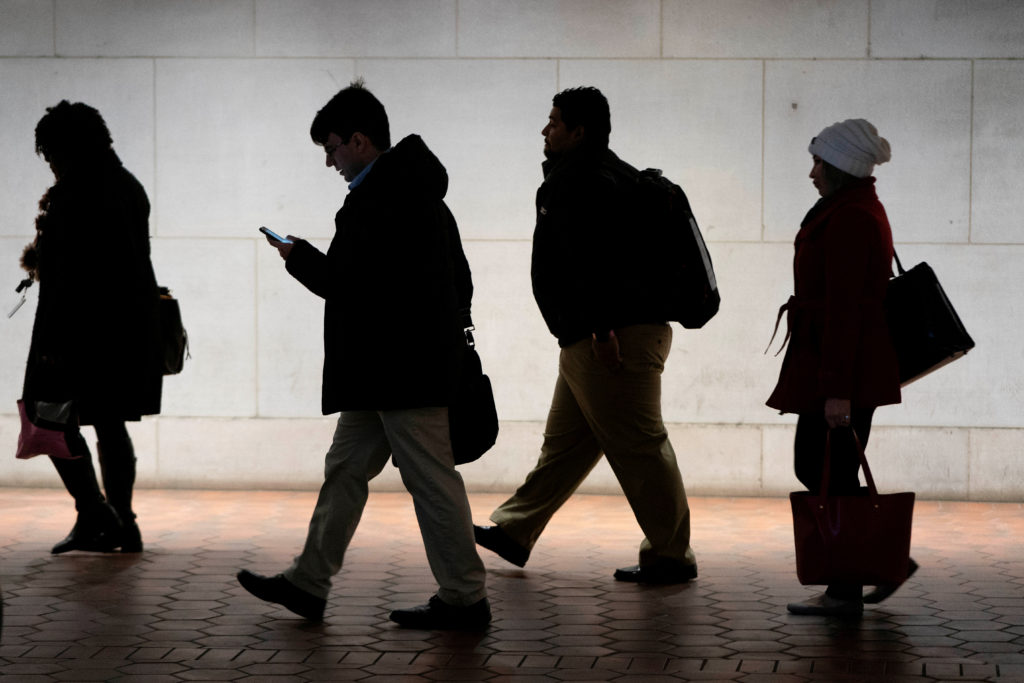In May, US employers added more jobs than predicted

Image credit: PBS
According to fresh data, US companies added 390,000 new positions in May, which was higher than projected.
Though May’s gain was the weakest in a year, the number from the US Labor Department topped economists’ expectations for a 325,000 increase in new jobs.
As fast-rising prices heighten fears of a potential downturn, the condition of the labour market in the world’s largest economy is being attentively monitored.
Walmart and Amazon, among other retail behemoths, have admitted to hiring too quickly earlier this year, resulting in lower profits as rising prices proved more difficult to pass on to customers.
Meanwhile, electric carmaker Tesla is reportedly halting hiring and has warned that 10% of its paid workers may be laid off. In a communication to employees, obtained by the news agency Reuters, Tesla CEO Elon Musk expressed his dissatisfaction with the economy.
The annual rate of inflation in the United States reached 8.3 per cent in the fiscal year ending in April, a slight decrease from the rate recorded in March but the highest since 1981, according to the data.
The leisure and hospitality sector, which is still recovering from substantial cuts imposed during the COVID limitations, showed the largest increase in new positions last month, with 84,000 new jobs added.
Retail payrolls declined by 61,000, although the number of jobs is still more than it was in February 2020 before the pandemic.
After leaping forward last year, US President Joe Biden said Friday that the economy was entering a “new period of calm, steady growth,” and that Americans should “expect to see more moderation.”
Pay has been rising at a quicker rate than it has in years as companies fight for workers. When compared to a year ago, the average hourly wage in the United States increased by 5.2 per cent last month to $31.95 (£25.50).
To combat inflation, the US Federal Reserve, like other central banks across the world, is boosting interest rates. Such actions often stifle economic growth by raising borrowing costs and lowering demand.
